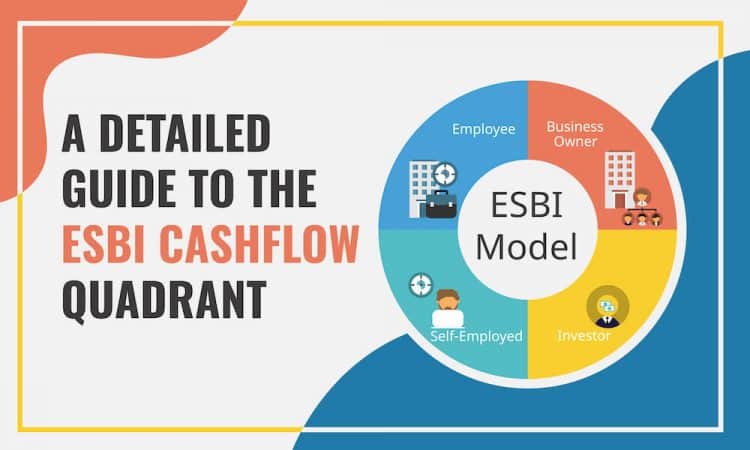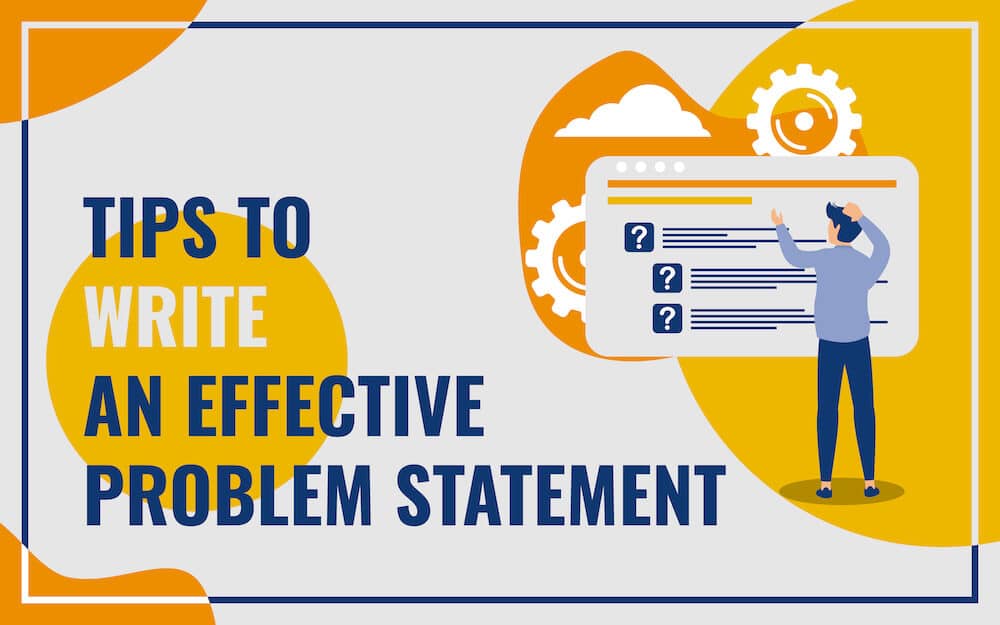
What is the common factor between Bill Gates, Mukesh Ambani, Sudha Murthy, and Elon Musk? Apart from being enormously wealthy, one major commonality is that each one lies on the right side of the ESBI Quadrant.
Now, what is this quadrant, and how did these icons get there? Well, in today’s rapidly evolving economic landscape, achieving financial independence and securing a stable future is crucial. To navigate the complexities of personal finance, the ESBI Quadrant was coined by renowned author and financial educator Robert Kiyosaki in his book, ‘Rich Dad, Poor Dad.’
This model provides valuable insights into the four primary ways people generate income and how each Quadrant can impact one’s financial success. Let us understand this in three sections-
- What does the ESBI Quadrant Stand for?
- Importance of the ESBI Quadrant
- How to Skillfully Use the ESBI Quadrant
What Does the ‘ESBI Quadrant’ Stand For?
Let us get into the details of the quadrant and break it down into simpler terms.
1. E – Employee
This quadrant is where the majority of people find themselves. Employees work for someone else and earn a fixed salary or hourly wage. While employment offers stability and benefits, it often lacks the potential for significant wealth accumulation due to limited control over income and time. Individuals in this quadrant trade their time and skills for money, making them susceptible to economic downturns and job security concerns.
2. S – Self-Employed
Individuals here are self-employed professionals, small business owners, and freelancers. Although they have more control over their income than employees, they still trade time for money. The self-employed often face challenges when scaling their income and achieving financial freedom. Many find themselves overworked, as their business relies heavily on their direct involvement.
3. B- Business Owner
The Business Owner quadrant is where wealth-building potential significantly increases. Business owners build systems and teams to generate income, allowing them to detach from day-to-day operations. Successful ventures can create a more sustainable and scalable source of wealth. However, not all businesses are created equal, and entrepreneurship involves risk and initial investment, which may deter some from venturing into this quadrant.
4. I- Investor
Investors are the ones who have money working for them rather than the other way around. They accumulate wealth by making smart financial decisions and leveraging assets like stocks, real estate, or businesses. Investments in this quadrant generate passive income and create a pathway to true financial independence, as they are not solely reliant on active participation.
The Importance of the ESBI CashFlow Quadrant in Achieving Financial Freedom
The Quadrant is a guiding framework for understanding different income sources, the power of passive income, and the mindset required to thrive as an entrepreneur and investor. By leveraging the insights from the model, individuals can take charge of their financial journey, make informed decisions, and pave the way for a brighter and more secure future.
Let us understand the importance in detail with the points given below.
1. Self-Awareness and Financial Clarity
If you want to assess your current financial situation and identify predominant sources of income, harness the power of this model. Understanding which quadrant you currently reside in can help you identify your strengths and weaknesses and provide clarity on the path you need to embark upon for financial growth.
For instance, imagine that you are making a good hand working as an employee at a well-known organization. This gives you the satisfaction of stability and provides you with employee benefits. However, you realize your company can call a layoff anytime soon, and you begin worrying about your finances.
By looking at the quadrant, you become aware that you are on the left side and must take certain steps to reach the other end. This awareness and clarity help you take further steps, such as looking for investment opportunities, starting a business, etc., and make you the owner of your financial destiny.
2. Shifting from Active to Passive Income
One of the central themes of the ESBI Quadrant is the stark distinction between active and passive income. As mentioned in the E and S quadrants, active income requires continuous effort and time investment to generate earnings. Meanwhile, passive income, like the B and I quadrants, requires little to no direct involvement. Shifting from active to passive income is essential for achieving financial independence, as it allows individuals to break free from the limitations of trading time for money and opens doors to greater possibilities.
3. Diversification for Financial Security
Diversifying your portfolio is the key to developing a strong financial threshold. Relying solely on a single income stream, such as a job or self-employment, can leave individuals vulnerable to economic downturns and unexpected setbacks. Segregating your finances into different areas provides a safety net and enhances security. Having various streams of income can also help mitigate risks and help one become more stable.
4. Building Scalable Wealth
The quadrant model emphasizes the potential for scalable wealth in the B and I quadrants and explains that the prospects of expansion are quite limited when it comes to the E and S segments.
As a business owner or investor, you have the ability to leverage resources, systems, and teams to create wealth that is not solely tied to your personal efforts. This scalability allows for exponential growth, enabling achieving goals and scaling your wealth to unprecedented heights.
5. Mindset Shift and Entrepreneurial Spirit
Transitioning requires a profound mindset shift. Embracing an entrepreneurial spirit, taking calculated risks, and developing a long-term vision for financial independence is fundamental to succeeding. Thus, the quadrant motivates individuals to step outside their comfort zones and explore opportunities that align with their financial aspirations.
6. Creating Generational Wealth
You can create a roadmap for building generational wealth with the ESBI Quadrant. Passive income streams from investments can be passed down to future generations, providing them with financial opportunities. This aspect allows individuals to break free from the cycle of monetary struggles and enables them to become the chain breakers of poverty in their ancestry.
How to Skillfully Use the ESBI Quadrant?
Now that we have understood the meaning and importance of the quadrant, let us gauge how we can use it strategically to become financial wizards.
a). Seek Professional Help
Begin by analyzing which segment you belong to and what are your financial aspirations. You can even jot down the pros and cons of each quadrant and analyze which is the best fit for you.
You can even take help from business coaches and financial advisors to understand this model and how you can use it to your benefit. These professionals will explain to you through a presentation comprising a beautiful ESBI model template and elaborate on each aspect, helping you choose the right path to financial freedom.
b). Set Goals
Once you realize your strengths and weaknesses, it is time to figure out your financial goals. Ensure that these goals are realistic and measurable and align well with your long-term goals. You should be clear about what you wish to achieve and the timeframe in which you will achieve it.
c). Embrace a Growth Mindset
To move towards passive income quadrants, you must develop a growth mindset and be prepared for the ups and downs that it has to offer. This may require you to move completely out of your comfort zone and walk upon a path you haven’t seen before.
For instance, if you have always been a corporate worker, getting into entrepreneurial shoes may feel uneasy and can take some time. Thus, remember to have patience and align your focus according to the long-term goals.
d). Be Adaptable: Monitor Your Progress and Change Accordingly
Chart your progress and be willing to tweak the plan as per your circumstances. This could include factors such as a faltering market, a dearth of resources, etc.
Being adaptable to situations allows you to master the art of financial planning. It helps you change the path and not the goal.
Conclusion
Thus, the ESBI Quadrant is of paramount importance for anyone seeking to achieve financial success and independence. Shifting from the employee and self-employed quadrants to the business owner and investor quadrants can unlock new opportunities for wealth creation and lasting financial independence. Remember, achieving financial freedom is a journey that requires determination, continuous learning, and the willingness to step outside one’s comfort zone. So, begin your exploration today and take the first steps toward securing a brighter financial future.



